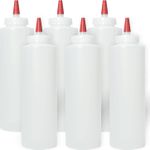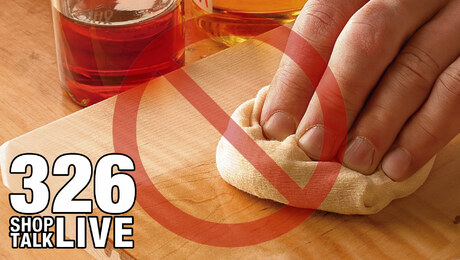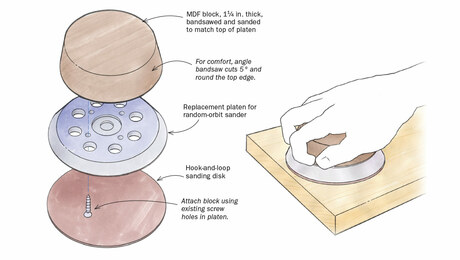
Q:
I recently bought a spalted maple pen blank. One end was fairly soft and punky, so I tried to stabilize it with cyanoacrylate glue. But that generated a wisp of white vapor that smelled like pure chlorine. What caused the glue to behave that way?
Bob Myers, Cupertino, CA
A:
The vapor and smell are well-known to wood turners. The quick-setting cyanoacrylate adhesive is ideal for filling small cracks and stabilizing wood on the lathe.
The vapor was probably nothing more problematic than a small puff of steam. Cyanoacrylate glue cures through a chemical reaction, and it can give off steam when it reacts with moisture in the wood. (Moisture helps trigger the curing reaction. If a cyanoacrylate bond doesn’t hold, you can often kick-start it by separating the joint and breathing on it.)
Cyanoacrylate contains no chlorine, but it does have a pungent odor that’s mainly unpleasant. The odor from small amounts of glue used in a well-ventilated shop isn’t likely to pose a health problem.
Photo: Kelly J. Dunton
Fine Woodworking Recommended Products

Dubuque Clamp Works Bar Clamps - 4 pack

Diablo ‘SandNet’ Sanding Discs

Glue Bottle





















Log in or create an account to post a comment.
Sign up Log in